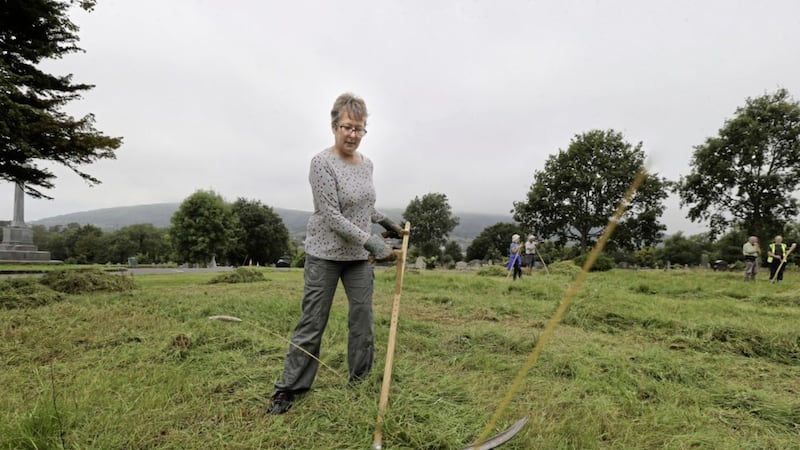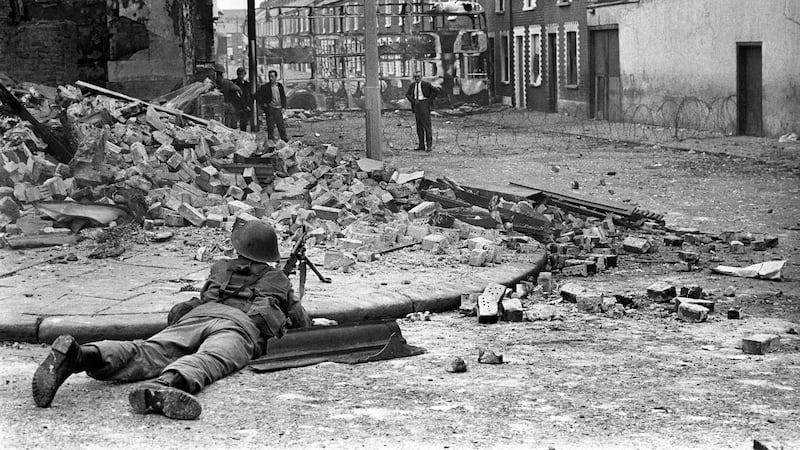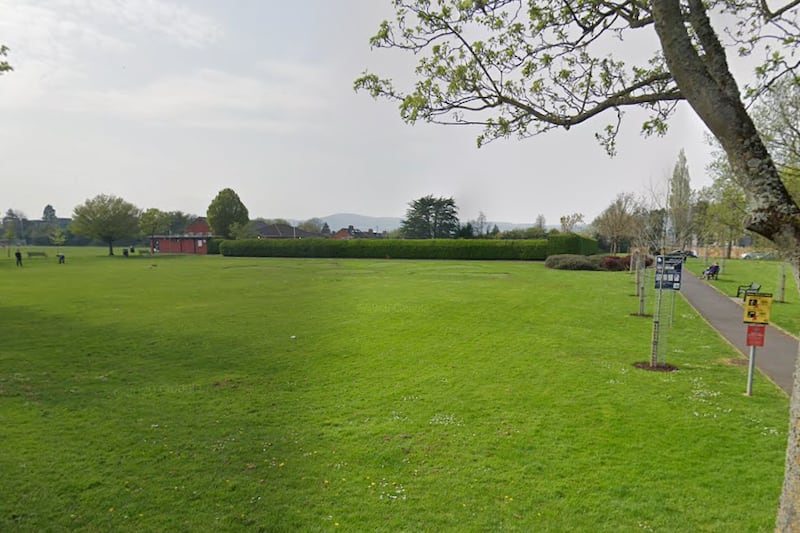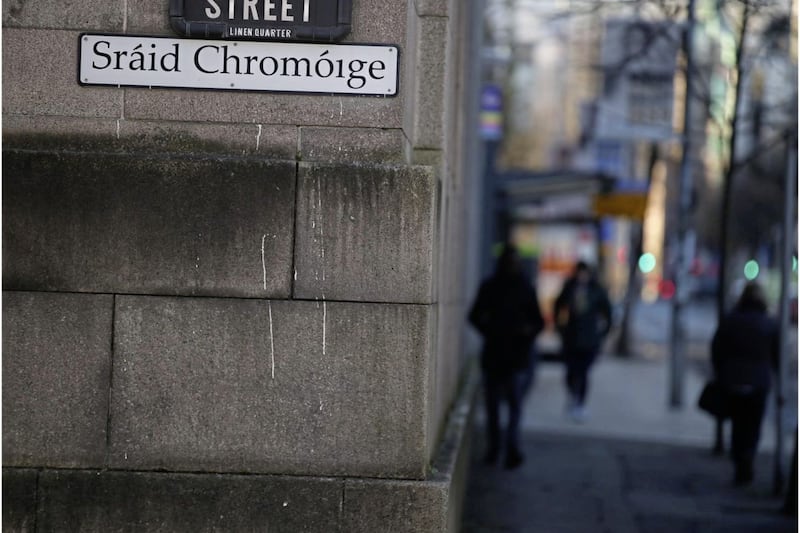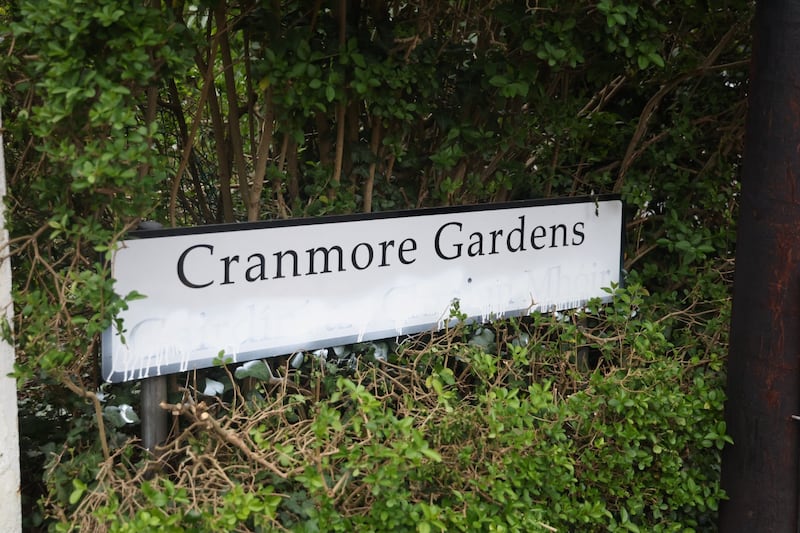THE centuries-old skills associated with traditional meadow management are being passed on in an unlikely location in the heart of west Belfast.
Co Leitrim man Neil Foulkes has been in City Cemetery this week training a group of people how to use a scythe. The enthusiastic trainees include council workers, private landowners and volunteers from conservation groups from across the north.
The masterclass included tips on sharpening and maintaining an Austrian scythe, along with safe use and correct cutting techniques.
The traditional approach to meadow maintenance is utilised at a number of sites across Belfast as part of the council's City of Wildflowers initiative.
Belfast City Council biodiversity officer Orla Maguire told The Irish News how in recent years areas that were formerly mown regularly have been managed more sustainably, creating species-rich habitats where there were once swathes of short grass that supported little wildlife, if any.
"In the pockets of City Cemetery where we've been applying a traditional approach we're now seeing native wildflowers such as napweed, birdsfoot trefoil and orchids," she said.
"This has led to an increase in butterflies, bees and other species associated with meadows."
She said the areas in the west Belfast municipal cemetery are especially suited to developing species rich grassland because they haven't been ploughed or fertilised, which hinders the development of native plants.
"It has restored really quickly, demonstrating how seeds can lie dormant in the ground for a long time before springing back to life when conditions are right," Ms Maguire said.
The aim is that at some point in the future the hay that's created and currently composted can be used to feed livestock.
"At present the grass we cut is treated as green waste but it'd be great to be able close the loop and use it in the traditional way as feed," she said.
While much of the cemetery site is still mown, the council biodiversity officer said the scythe is particularly effective in areas that are trickier to manage with modern machinery.
Ms Maguire also pointed out the need for budding reapers to be fit.
"Like any manual labour, it's very hard work but despite the occasional blister everybody seems to enjoy it – and we've had a great response form the public, many of whom like to stop and reminisce about the old days," she said.
